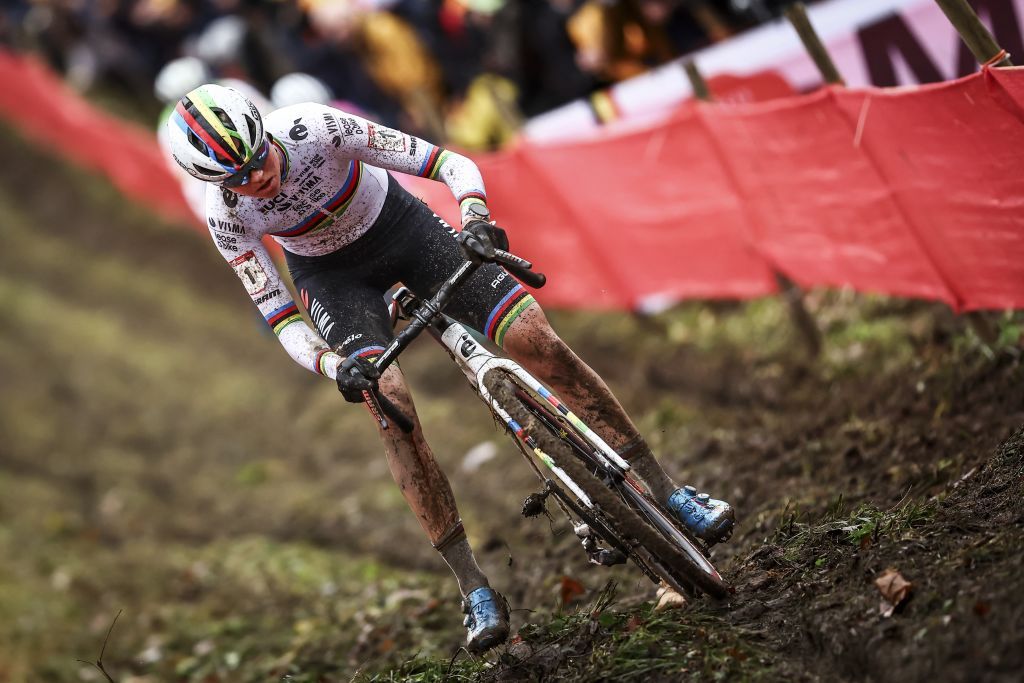Fashion
Reviewing New York & London Fashion Weeks — MARIST CIRCLE

New York and London’s Fashion Weeks, the first two of the four major spring/summer 2025 fashion events, happened between Sept. 6 and Sept. 17. Both delivered envelope-pushing collections. NYFW featured over 300 designers from 50 countries, marking the city’s full return to its rightful place as a fashion capital. Meanwhile, London celebrated 40 years of rebellion and raw energy.
New York was loud; on brand with its young, urban, experimental history as every season’s inaugural Fashion Week. Designers seized their moment to prove why this city’s pulse is as strong as ever, drawing inspiration from sports, politics and art. London drew influence from the past to visualize fashion’s future. Forty years of history are embedded in the city’s punk soul, with emerging designers stepping up, daring to push harder.
One of the standout trends across both fashion weeks was the resurgence of powder pink, adding a soft yet spirited touch to the runway. Khaite and Tory Burch showcased powder pink in a range of silhouettes, from sleek, minimalistic pieces to voluminous dresses.
Sheer fabrics continued to dominate the runway, continuing trends from previous seasons. At brands like Toteme and Tory Burch, sultry, gauzy knits were melded with airy skirts, adding an element of sensuality. These versatile pieces allowed for delicate, ghost-like looks and structured, layered outfits to grace the runway simultaneously, resonating with modern fashion sensibilities.
An unexpected trend was the inclusion of capes, traditionally associated with fall collections. Proenza Schouler and Tibi introduced capes into dresses and tops, dramatizing some of the lighter garments, emphasizing the intersection of structure and fluidity and reinforcing a modern approach to spring fashion.
In accessories, oversized statement clutches emerged as a focal point, with brands like Coach — renowned for their leather goods — and emerging designer Maria McManus presenting simplistic yet exaggerated forms. These clutches often featured playful details, contrasting the soft, romantic fabrics seen on the runways.
Meanwhile, intricate floral motifs embellished the garments. Notable designers such as Simone Rocha and Jason Wu brought a handcrafted quality to their collections, utilizing techniques like embroidery and beadwork to elevate traditional spring motifs.
The influence of the early 2000s was unmistakable, with Sandy Liang drawing inspiration from Y2K aesthetics. Her collection included playful elements reminiscent of that era, such as capri sets and satin suits.
Spotlight Moments and Designers of NYFW
New York Fashion Week featured several standout designers and collections that left a lasting impression. LaQuan Smith, hailing from Queens, presented a collection defined by “animalistic glamour.” His show featured daring yet sophisticated pieces, including sheer leather trenches and sequined bodysuits.
The debut of Ib Kamara as the creative director for Off-White marked a significant moment in the brand’s evolution. Coming almost 3 years after Virgil Abloh passed away from a rare heart condition in November 2021, this collection represents a continuation of Abloh’s legacy and a step into the brand’s future.
Under Kamara’s vision, the “Duty-Free” collection embraced a blend of streetwear and high fashion, set against the iconic Brooklyn Bridge Park. This collection commemorated cultural intersections with exaggerated silhouettes and embellished sportswear, emphasizing the brand’s rebellious identity while honoring Kamara’s roots.
Kim Shui’s collection was inspired by Kintsugi, the Japanese art of repairing pottery with gold. The runway showcased garments pieced together from porcelain-like fabrics and earthy prints, culminating in a moving finale featuring U.S. olympian Jordan Chiles.
Area, celebrating a decade in fashion, used its platform to address pressing social issues, launching a campaign for abortion rights through its “Bans Off Our Bodies” t-shirt. Their dresses, crafted from hand-shaped cutouts, demonstrated how fashion can simultaneously serve as art and activism.
Collina Strada’s “Touch Grass” show encouraged attendees to reconnect with nature. Set in a cemetery, models showcased playful designs that integrated fashion with environmental consciousness, promoting a message of grounding in a digital age.
Tommy Hilfiger’s maritime-inspired collection paid homage to his roots, presented aboard a Staten Island Ferry. This playful nod to the city’s nautical heritage was evident in capri pants and trench coats that combined prep style with utilitarian elements.
Cos took an unconventional approach by showcasing its autumn/winter collection during spring, merging the two seasons and emphasizing the fluidity of modern fashion. The collection, inspired by choreographer Pina Bausch, featured swaddled overcoats and loose suits, illustrating New York’s unique blend of casual and formal aesthetics.
Spotlight Moments and Designers of LFW
London Fashion Week complemented the vibrancy of New York’s offerings, featuring designers who drew on diverse inspirations to spark conversation. Edeline Lee’s debut collection celebrated angular silhouettes and vibrant colors, introducing the “Edeline Lee Girl” line to emphasize the bond between mothers and daughters in fashion.
Simone Rocha’s SS25 collection at the Old Bailey was a performance-art-inspired event, presenting her collaboration with the Jean Paul Gaultier atelier. The incorporation of crystal-embellished denim added an edgy twist to her typically romantic designs, challenging traditional notions of femininity through cheeky floral motifs.
Erdem’s exploration of gender identity drew inspiration from Radclyffe Hall’s “The Well of Loneliness.” His collection blended traditionally masculine and feminine tailoring, using the carnation — a historical queer symbol — to convey a powerful message about the fluidity of gender in fashion.
Patrick McDowell honored British queer artist Glyn Philpot by integrating sustainability into his collection. His use of vintage knits and innovative materials like Mycelium leather spoke to the increasing focus on environmental consciousness within high fashion.
JW Anderson took a minimalist approach, utilizing cashmere and leather to explore distorted summer silhouettes. His designs emphasized the fleeting nature of beauty, connecting deeply with emotional themes through stripped-down techniques.
Both capitals these past weeks remind us of a world where fashion continues to bind together the stories we wear, speak and fight for.









